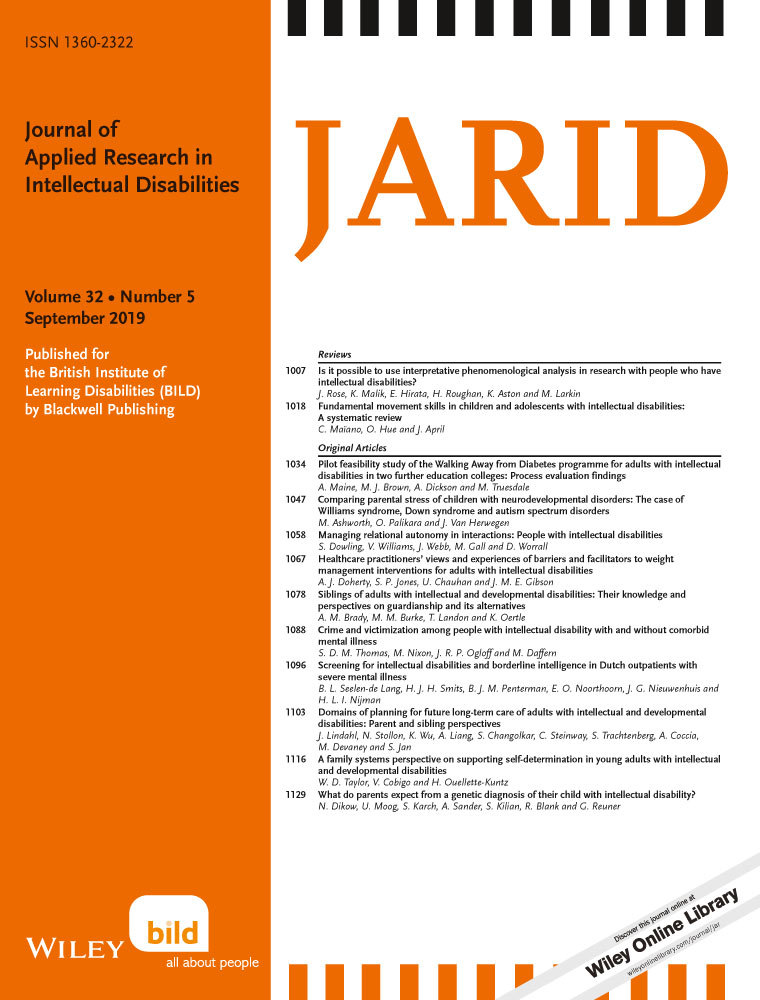Differential reinforcement of high rates of behaviour to increase work productivity in adults with intellectual disability
Abstract
Background
Due to deficits in adaptive and cognitive functioning, productivity may pose challenges for individuals with intellectual disability in the workplace.
Method
Using a changing-criterion embedded in a multiple baseline across participants design, we examined the effects of differential reinforcement of high rates of behaviour (DRH) on the rate of data entry (i.e., productivity) in four adults with intellectual disability.
Results
Although the DRH procedure increased the rate of correct data entry in all four participants, none of the participants achieved the criterion that we set with novice undergraduate students.
Conclusions
Our results indicate that DRH is an effective intervention to increase rate of correct responding in individuals with intellectual disability, but that achieving the same productivity as workers without disability may not always be possible.




